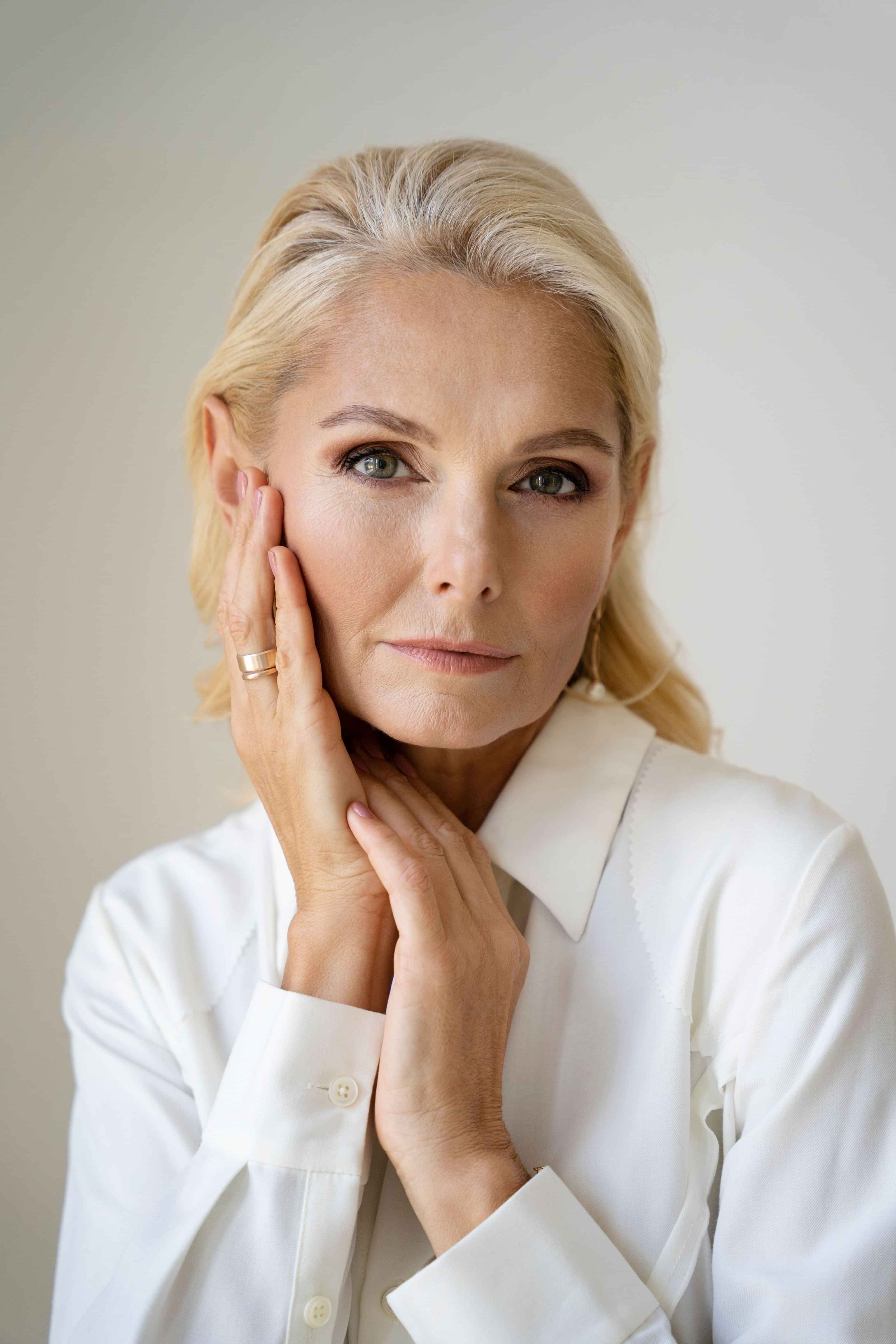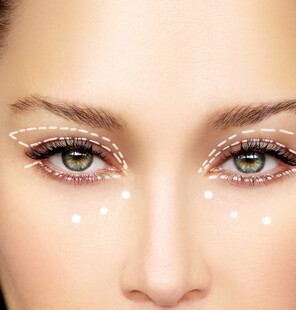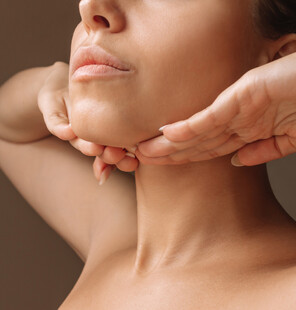Revision Facelift
There may be cases when you feel the need for a revision facelift, also known as a secondary facelift. This surgical procedure corrects or revises the results of a previous facelift surgery. It differs significantly from a primary facelift and must be meticulously customised to meet the specific needs of each patient.

What it Does ...
Unlike primary facelifts that lift superficial skin layers, revision facelifts often involve more extensive manipulation of the SMAS layer, which extends from the cheeks to the neck. This deeper approach aims to achieve longer-lasting and more natural-looking results.
A superficial facelift uses suspension sutures to pull the SMAS resulting in limited and short-term benefits. Instead of achieving youthful fullness, this approach often leads to thin, tight skin, broader scars, and distorted earlobes (or pixie ears). Recurrence of jowls, neck bands, and excess drooping neck skin can also occur.
Another issue commonly encountered is excessive liposuction or other fat removal techniques in the neck area. When fat is excessively removed from the central neck area, creating a concave appearance, and the skin is not adequately lifted from the sides (resulting in hanging jowls), it can resemble a cobra's head shape, known as "cobra neck deformity."
The deep plane facelift targets the deeper SMAS layer and platysma muscle as a continuous unit leading to improvements in the midface, jawline, and neck contours.
You can go for ...
A revision procedure may encompass a browlift to elevate brow skin away from the outer eyes, an eyelift (blepharoplasty), ear reshaping, or specific treatments like scar revision.
Each revision facelift is tailored to the individual's specific concerns and anatomical features. Surgeons may use advanced techniques to correct previous issues while preserving facial harmony and balance.
Know the Process ...
The initial step involves a thorough consultation to evaluate your facial and neck areas. This assessment includes examining the condition of your skin and soft tissues, noting how they have aged. Additionally, it assesses any previous surgical interventions and identifies areas that may require correction as a result of those procedures.
The deep plane facelift technique is typically considered the safest and most effective approach for revision procedures. This approach allows for removal of old scars and careful planning of new ones, which can greatly enhance appearance compared to primary surgery. Concerns like pixie ear deformities or cobra neck issues, often addressed with a platysmaplasty, can also be corrected.
Addressing visible scars from previous surgeries is a crucial aspect of revision facelift procedures. Techniques may include scar excision, repositioning, or camouflage methods to improve overall aesthetic outcomes.
Recovery from a revision facelift does not necessarily exceed that of a primary facelift in terms of duration or intensity. Superficial facelifts can cause significant bruising and skin swelling, which is typically minimised with a deep plane approach.
Eligibility & Indications
Suboptimal results or complications during initial facelift
Persisting issues: jowls, neck laxity, drooping cheeks, or midface
Natural aging process continues leading to further changes in facial appearance
Tightened tissues may stretch or relax over time
Appearance of excessively tight tissues
Other potential issues: distorted ears, hairline problems (loss of sideburns or step-shaped hairlines behind ears)
Uneven healing or changes in facial symmetry
Noticeable or problematic scar tissue
Advances in surgical techniques may offer improved methods


